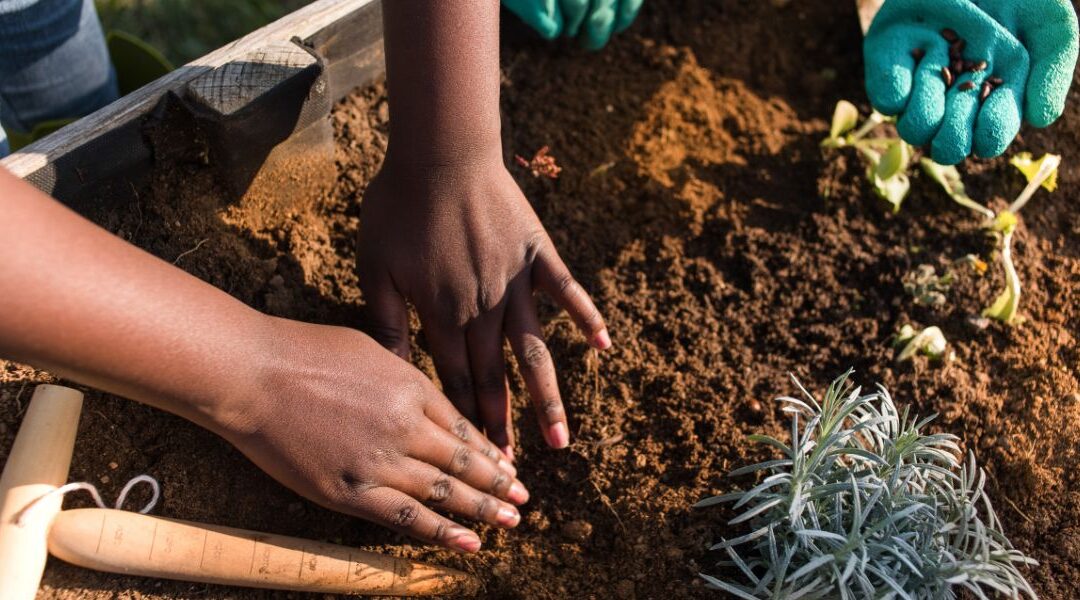As a therapist and a passionate gardener, I’ve found profound connections between the art of tending to my native prairie and the therapeutic practice of EMDR Therapy (Eye Movement Desensitization and Reprocessing). Both activities not only bring me joy but also offer unique insights into growth, healing and transformation.
Transforming turf grass into a native prairie
One of my favorite projects has been transforming a patch of mundane turf grass into a thriving native prairie. This endeavor isn’t just about aesthetics; it’s about supporting the earth and its ecosystems. Native plants, with their deep roots and resilience, are perfectly adapted to our climate. They can endure harsh weather conditions, provide habitats for wildlife, and support pollinators crucial for our environment’s future.
The diversity and beauty of a native prairie are truly breathtaking. Each species of plant has its own unique role and contributes to the ecosystem’s health. Learning about these species and creating a space where they can thrive has been an immensely rewarding journey. It’s a living testament to how thoughtful cultivation can lead to a vibrant, sustainable future.
EMDR: Healing trauma and cultivating healthy beliefs
In my work as a therapist, I use EMDR therapy to help clients heal from trauma and transform deeply rooted, negative beliefs into healthy, positive ones. This process mirrors gardening in many ways. Just as we remove invasive weeds to give native plants space to grow, EMDR helps us identify and clear out the mental “weeds” that have taken root due to trauma.
Through EMDR therapy, we create a mental environment where positive beliefs can flourish. It’s a methodical, nurturing process, much like tending a garden. By addressing the core issues and replacing negative thoughts with positive ones, we cultivate a healthier, more resilient mindset.
The synergy of gardening and EMDR
The act of gardening itself can be a form of mindfulness and therapy. When I’m working in my native prairie, I’m fully present, focused on the task at hand. This mindfulness is a key component of EMDR as well, helping individuals stay grounded as they process traumatic memories and reshape their beliefs.
Both gardening and EMDR therapy require patience, care and consistency. They remind us that growth and healing don’t happen overnight but through sustained effort and dedication. Watching a prairie bloom or seeing a client transform their beliefs is a testament to the power of nurturing—whether it’s plants or minds.
Supporting the future
Transforming turf grass into a native prairie isn’t just beneficial for today—it’s an investment in the future. Supporting pollinators and wildlife, creating a resilient ecosystem, and fostering biodiversity are crucial steps in combating climate change and preserving our planet for future generations. Similarly, helping individuals heal from trauma and build healthy beliefs ensures a brighter, more resilient future for them and their communities.
Creating a place to thrive
Creating a space for plants and people to thrive is one of the most rewarding aspects of my work and hobbies. Whether I’m in the garden or in a therapy session, I’m constantly reminded of the beauty and resilience of life. Both activities teach us the value of patience, the importance of nurturing, and the incredible transformations that can occur with the right care and attention.
So, whether you’re tending to your garden or your mental health, remember that both are journeys worth undertaking. Each step you take brings you closer to a vibrant, healthy and thriving life.
Happy gardening and happy healing!


